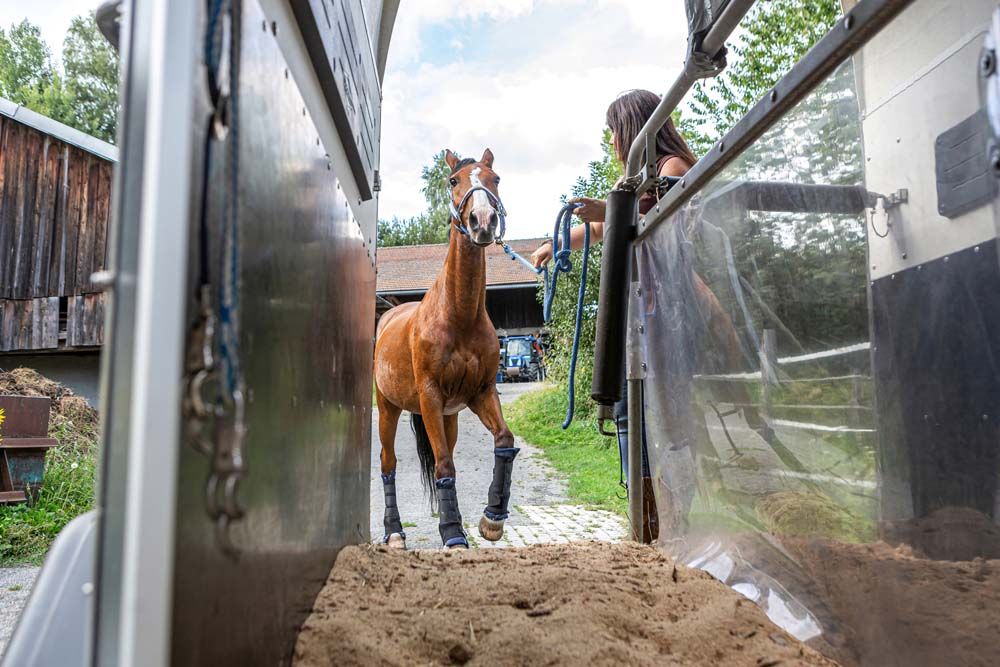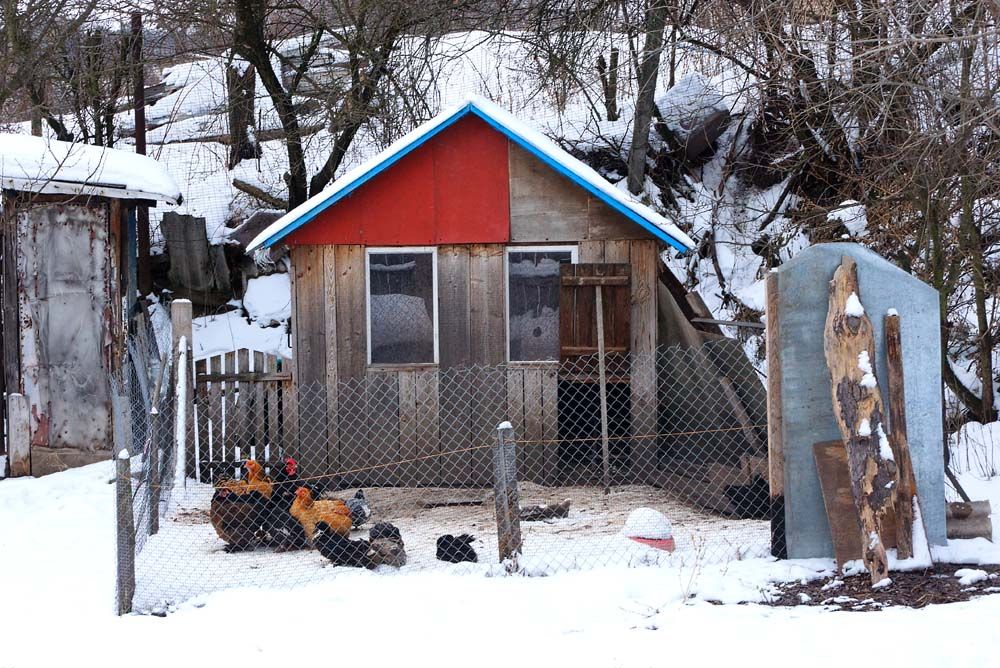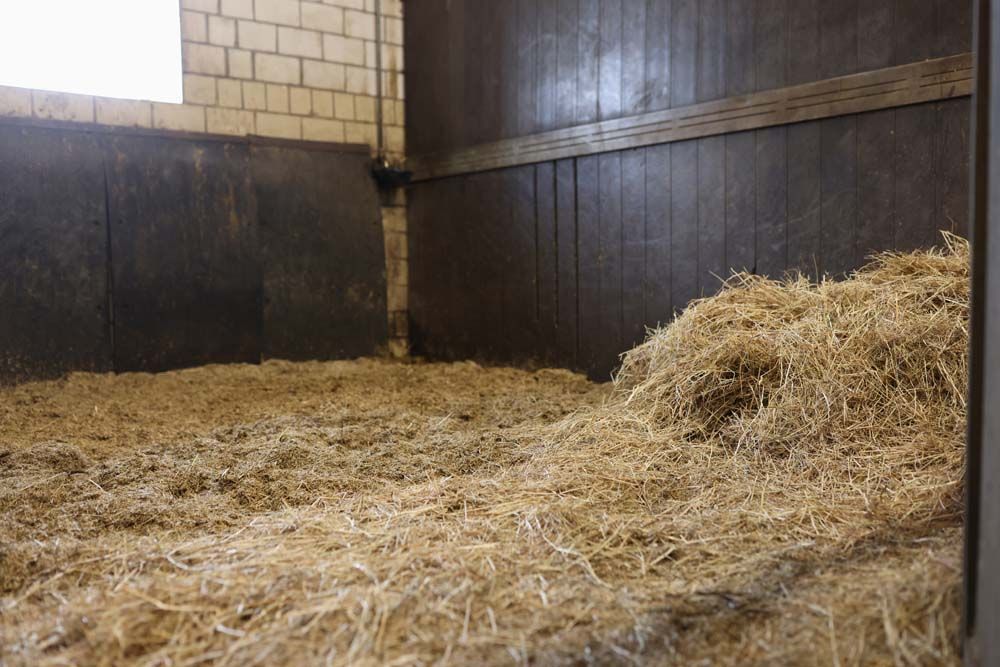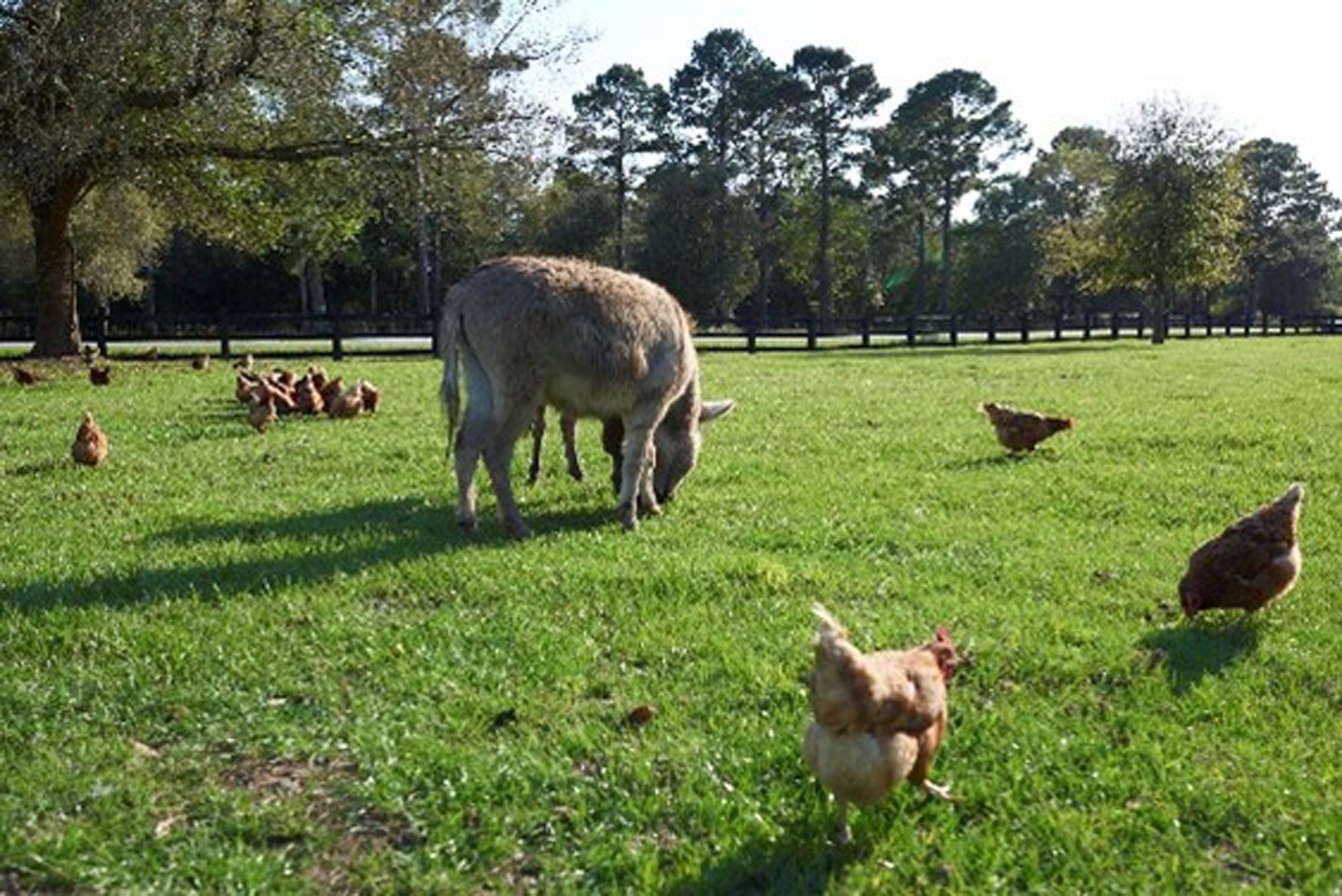Cold-Weather Kings


Meet the hardy livestock of Iceland
What comes to mind when you think of Iceland? Northern Lights? Geysers? Verne’s Journey to the Center of the Earth? One thing that might not be on your list—though perhaps it should be—is Icelandic livestock.
Iceland is a volcanic, island country just short of the Arctic Circle, so you may be surprised to discover the diversity of agriculture that takes place there. Besides traditional crops like hay (grass grows quite well during Icelandic summers), farmers routinely grow potatoes, brassicas, and root crops.
But the island is also home to a wonderful array of livestock breeds that share a long and rich history and descend mostly (or completely) from animals brought to Iceland by Viking settlers.
In celebration of January’s cold temperatures, let’s take a look at some of these useful—and cold-hardy!—livestock breeds.
Icelandic Horse
Possibly the best-known of the native Icelandic livestock are the famous Icelandic horses. Small but tough, the Icelandic horse only stands about 12-14 hands tall—short enough to qualify for pony status. (They are still referred to as “horses” due to their horse-like characteristics and the lack of a word for pony in the Icelandic language.)
The Icelandic horse is resilient, nimble, and lives to a long age, often into the 30s. It’s also a “gaited” horse breed, displaying five unique ways of moving: walk, trot, canter, and two additional gaits known as the tölt (a type of running/walk) and the flying pace or “flugskeið.”
Iceland doesn’t permit horses to be imported into the country, to help prevent outside influences from entering a gene pool that has been isolated for 1,000 years.
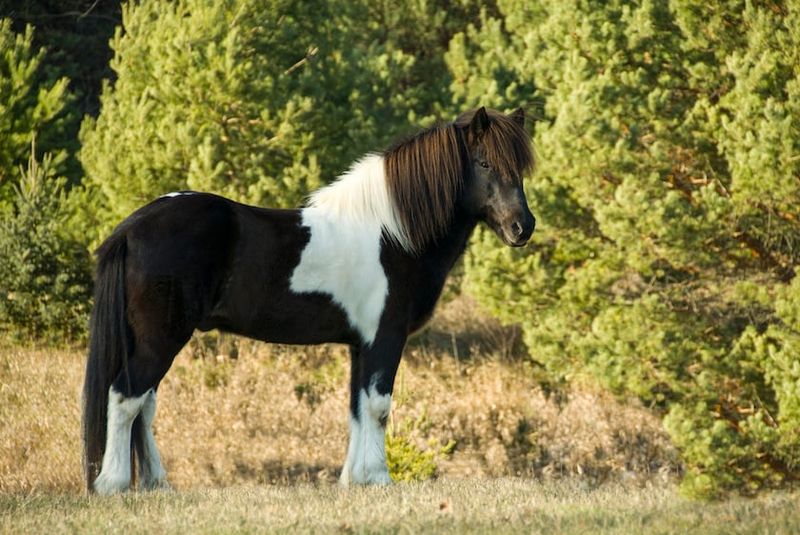
Icelandic Sheep
Icelandic sheep also go back over 1,000 years and descend from Viking-owned stock. Icelandic sheep have also—like the Icelandic horse—been genetically isolated during much of that time. Originally used in part as a milking animal, the breed’s primary uses today are its meat (prized for its fine-grained texture) and fiber.
It’s a cold-hardy breed and able to gain maximum nutrition from its feed. Part of the Icelandic sheep’s cold-weather hardiness comes from its dual-layer coat, with a soft inner layer and a coarser outer layer. When combined, the layers create a yarn that is known locally as lopi, and is popular in Icelandic sweaters.
Icelandic Chicken
Yet another Icelandic breed with a 1,000 year history, the Icelandic chicken (“hen of the settlers,” in the native language) is a hardy breed. It’s capable of (and prefers!) independent self-foraging, so it may not be as suitable for small-footprint homesteads. These are somewhat smaller chickens, about 3 to 5 pounds, and are good winter egg producers with medium eggs.
It was originally a “landrace” of chickens bred solely for function and therefore a mixed-bag in looks. Some Icelandic hens exhibit broodiness (a behavior purposely bred-out of some modern breeds) and are good mothers if you’d like to raise a batch of chicks.
Icelandic Goat
The Icelandic goat hasn’t reached the high numbers found in the sheep or horses of the Icelandic agricultural economy. In view of very low recent population numbers, some farmers and government agencies have been working to increase awareness and help the breed to grow. And there is a lot to like about the Icelandic goat, as it offers a potential “triplet” of benefits: meat, milk, and fiber, including cashmere.
Icelandic goats can vary quite a bit in size, and are a mix of about 20% white and 80% other color variations.
Icelandic Cattle
Iceland isn’t without its bovines, either! Icelandic cattle are descended from Norwegian stock brought to Iceland during the settlement of 1,000 years past.
This is a colorful breed, with over 100 color combinations available out of 6 base coat colors and patterns, including red and red/white, black and black/white, brown, and brindle. While on the smaller side, Icelandic cows can produce 13,000 pounds of milk (or more) per year. It has been suggested infusions of fresh (outside) bloodlines could increase milk production, but some farmers are reluctant to alter the integrity of the original lineage.
Icelandic cattle are able to graze for the summer months, but may require grain supplementation and are fed hay during the winter.
Icelandic Sheepdog
Dogs aren’t considered “livestock,” of course, but we can’t discuss the great Icelandic breeds without a mention of the delightful Icelandic sheepdog. A true working farm breed used to drive sheep and horses (the AKC places them in the Herding Group), the Icelandic is a “Spitz”-type dog with a narrow muzzle (good for warming cold air), a weather-resistant double-coat, and a fluffy “arctic” tail. Like other herding dogs, the Icelandic sheepdog likes to be in charge of things, but it’s a friendly, family-loving dog.
Tags:Country Critters

Acreage Life is part of the Catalyst Communications Network publication family.






